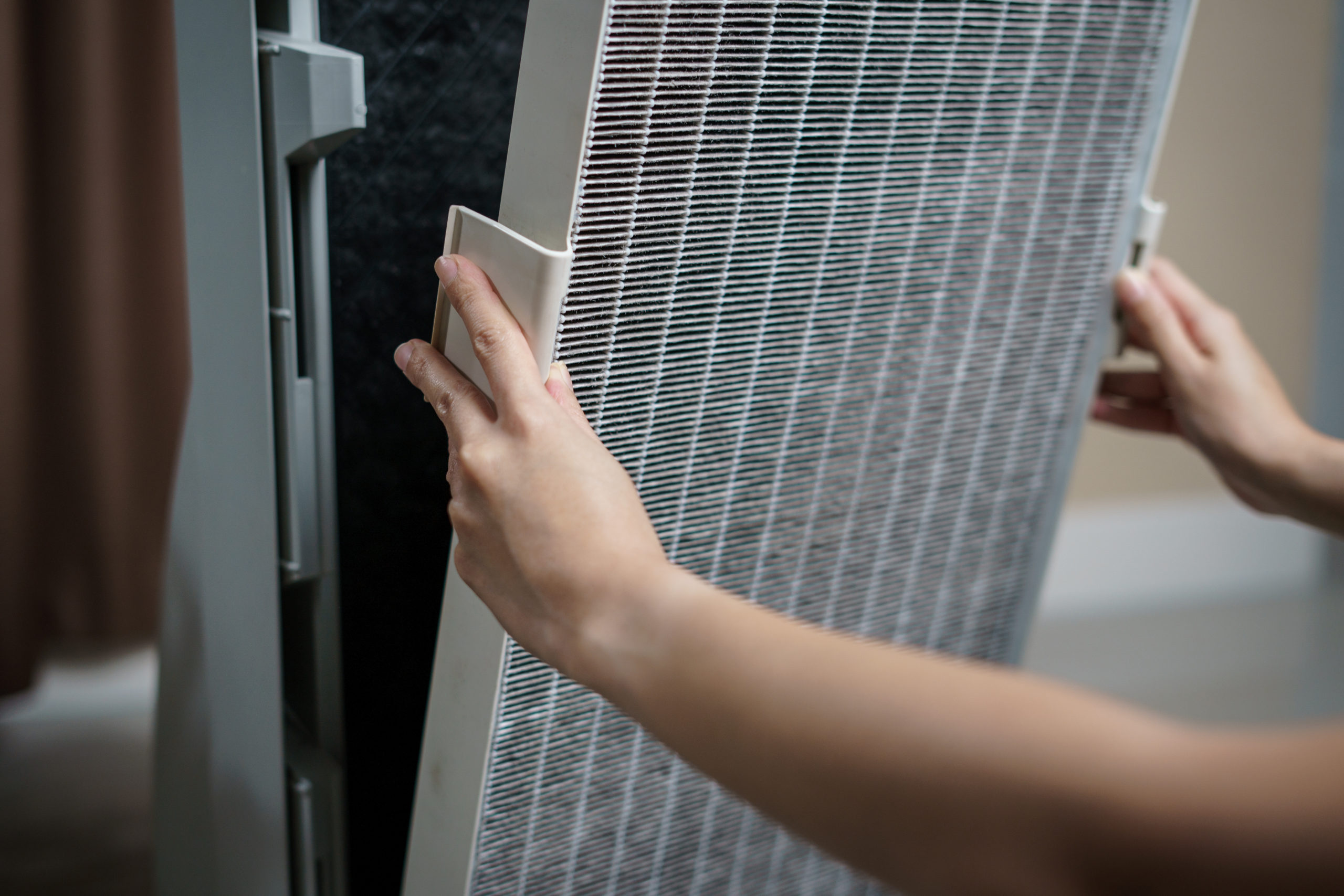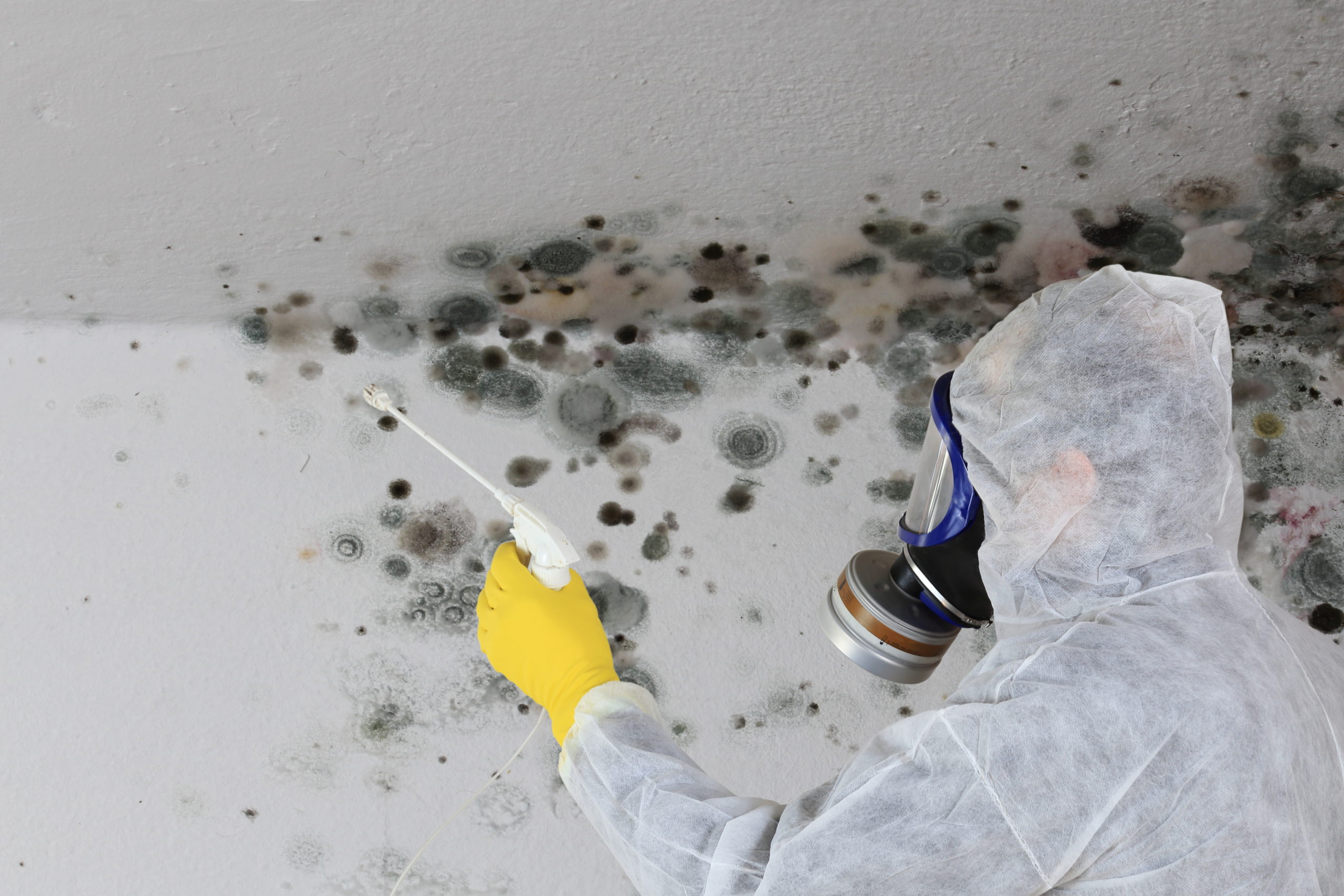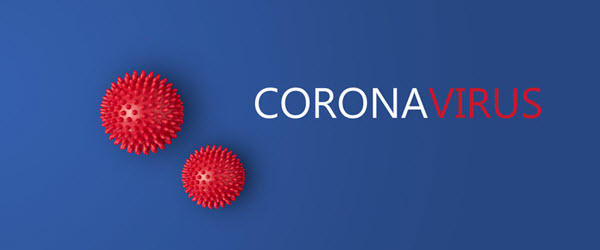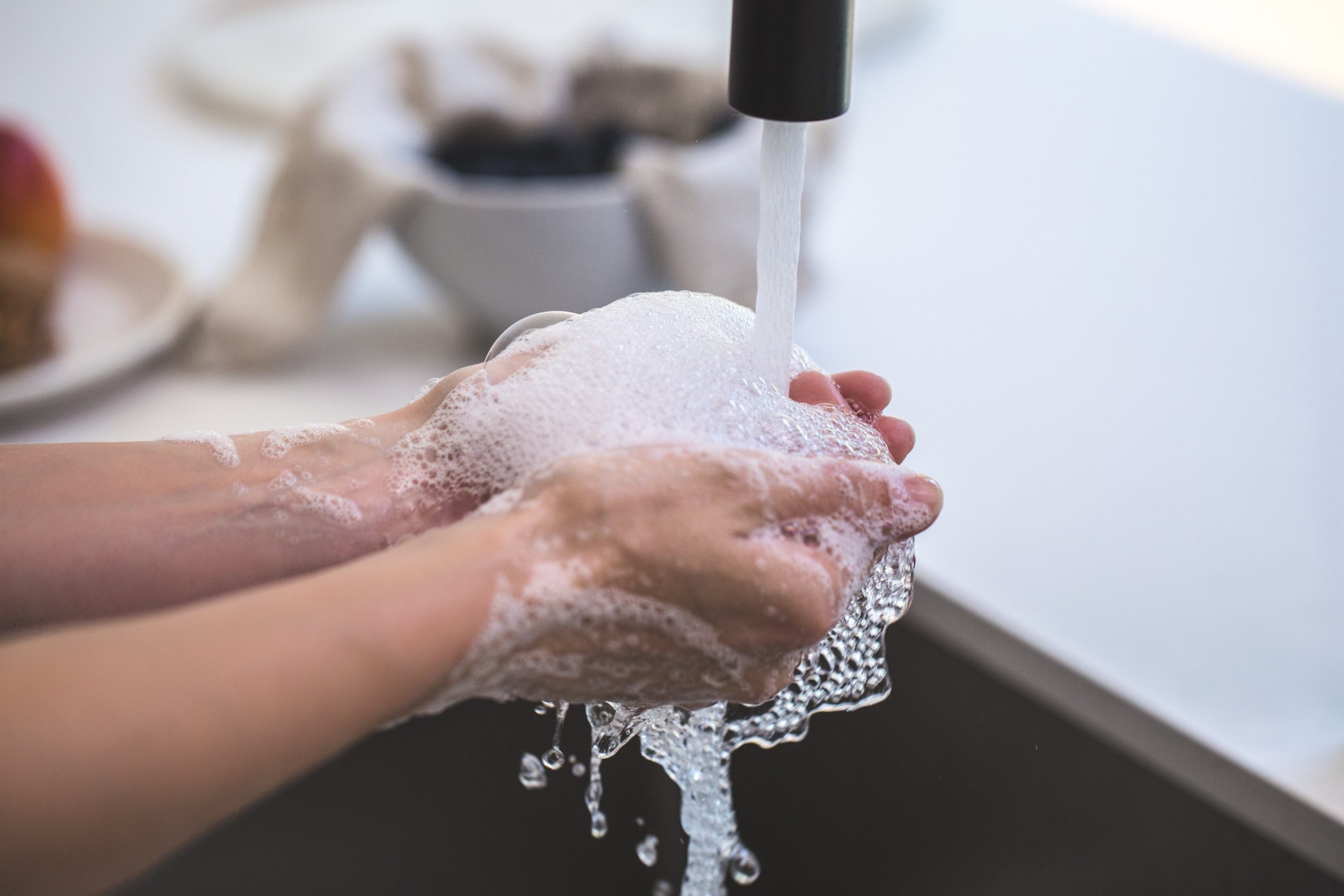Sure, you can see the vacuum marks in the carpet or the shine on the wood floors. But is it truly clean?
What if there was a scientific way to measure “clean?” Sure, you can look at a surface and see it is free of dust, grim and dirt. Sure, you can see the vacuum marks in the carpet or the shine on the wood floors. But is it truly clean?
Our company has been experimenting with a product that can measure the cleanliness of a surface. No guessing or eyeballing; this meter objectively determines the level of clean.SystemSure Plus has created an ATP luminometer that can quickly measure cleaning effectiveness and hygiene quality.
Sounds like a mouthful but it’s actually quite simple: the meter reads something called adenosine triphosphate (ATP), the universal energy molecule found in all animal, plant, bacterial, yeast and mold cells. Once a surface is cleaned, the level of ATP should be greatly reduced.
Normally, you would just have to assume you or your cleaning service did an effective job, but with this tool, you can know for sure.
We’re excited about the ability to show customers the effectiveness of our methods and products. For example, we can clean with cotton and microfiber towels and then take an ATP reading to determine which works better. We also can use the Ladybug dry vapor cleaner and demonstrate the power of cleaning with dry vapor – a completely chemical-free cleaning method.
Simply swab the area you want to test, mix in the solution and put it in the meter for reading. We recently conducted an experiment cleaning a toilet seat with various cleaning methods and then took readings to determine the most effective method.
Just to give you some perspective, a very clean toilet would have a reading of less than 10. A passable score would be less than 30. In this video, our toilet seat started out at well over 700 (ugh!). Check out the video to see which cleaning method got a reading of 8 (much better!)






